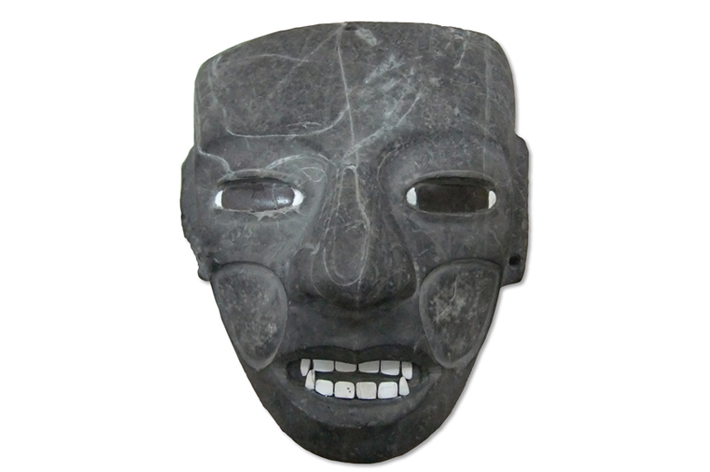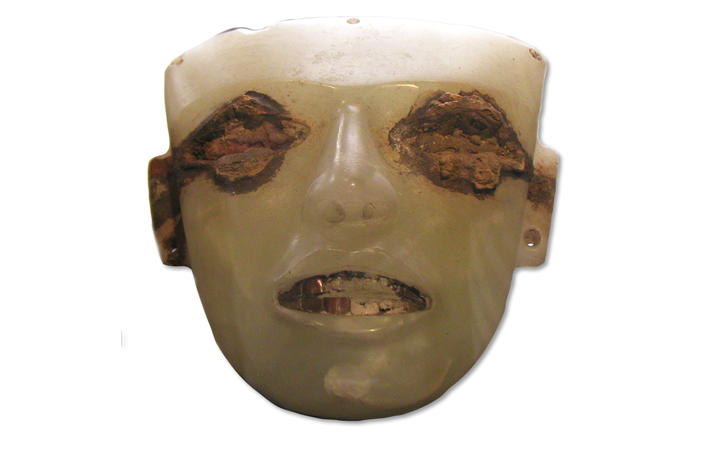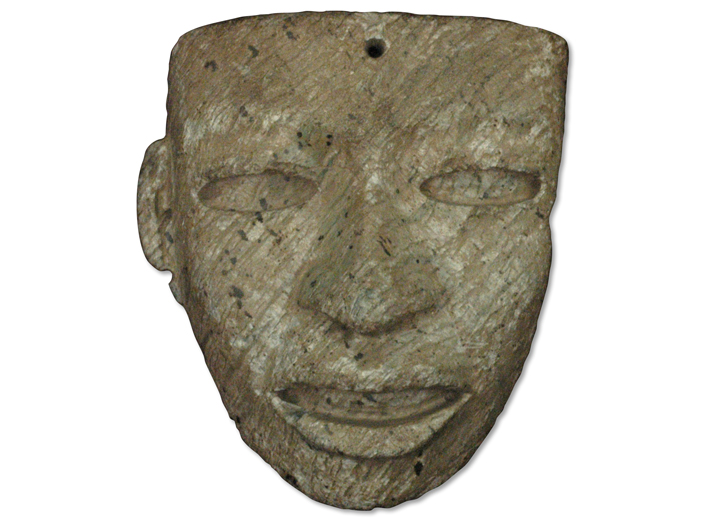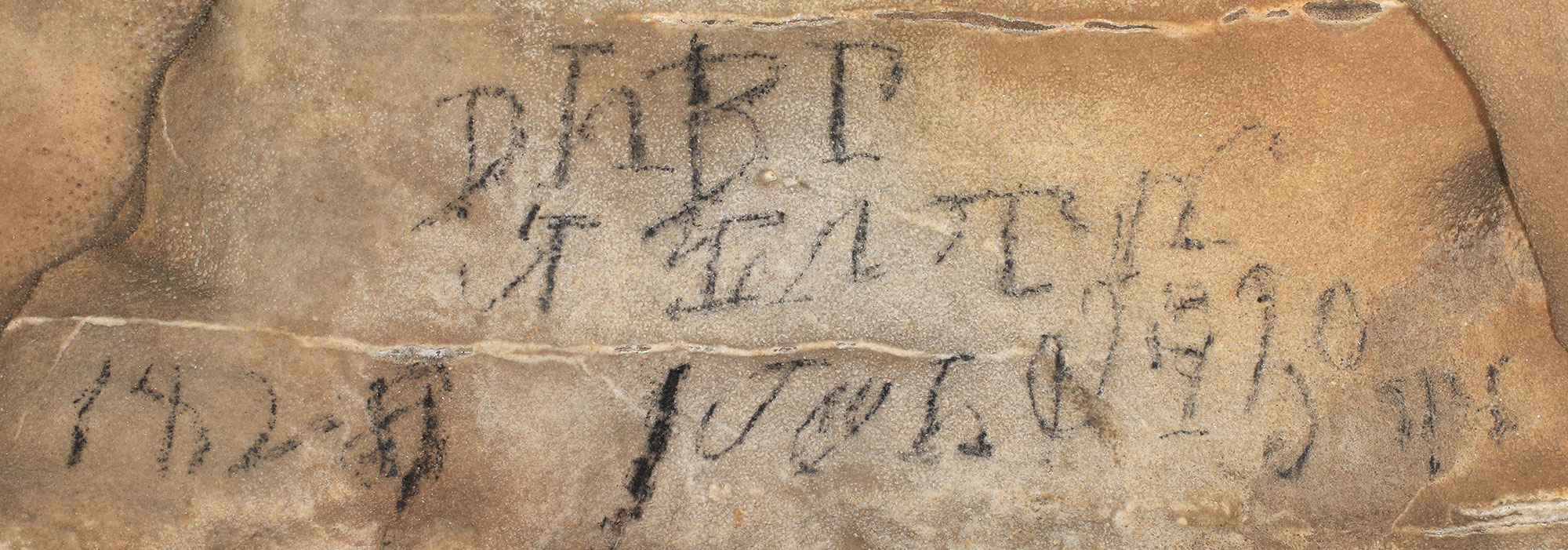Features From the Issue
-
Features
Searching for the Witches’ Tower
Archaeologists hunt for evidence of a 17th-century English family accused of witchcraft
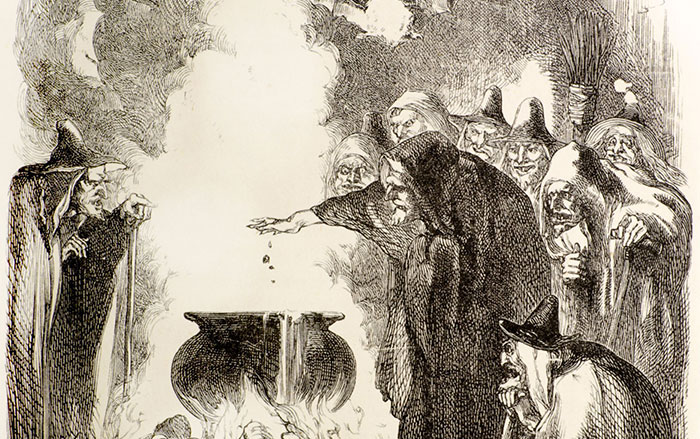 (Art Directors & TRIP/Alamy Stock Photo)
(Art Directors & TRIP/Alamy Stock Photo) -
Features
Artists of the Dark Zone
Deciphering Cherokee ritual imagery deep in the caves of the American South
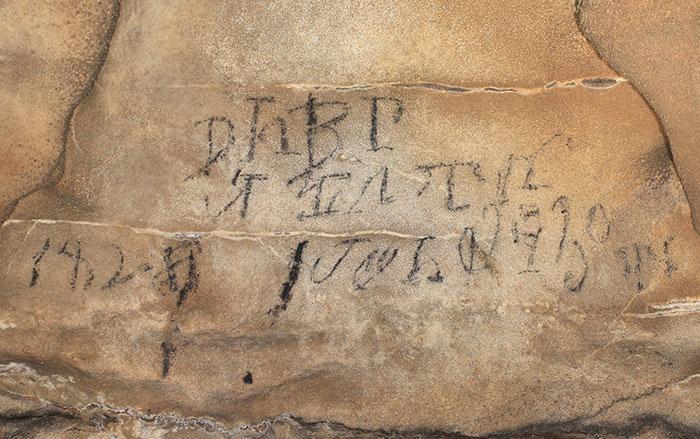 (Alan Cressler)
(Alan Cressler) -
Features
Life in the City of the Gods
Inside the neighborhoods of Teotihuacan, Mesoamerica’s first great metropolis
-
Features
Farm to Emperor’s Table
Excavations reveal the inner workings of an ancient Roman imperial estate
-
Features
Magical Beasts of Babylon
How the Ishtar Gate safeguarded the Mesopotamian world
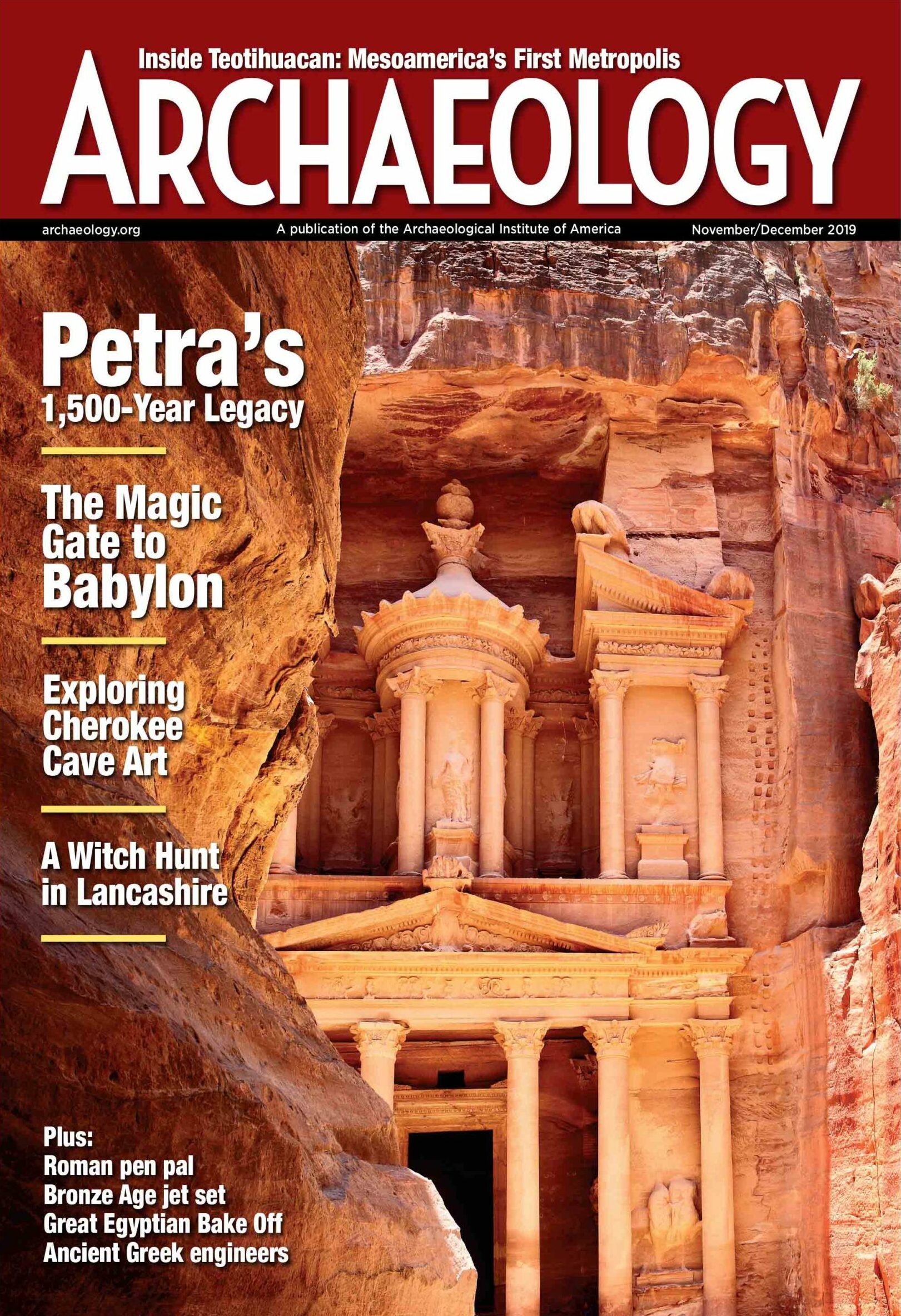
Letter from Jordan
Letter from Jordan
Beyond Petra
After the famous city was deserted, a small village thrived in its shadow

Artifact
Artifacts
Australopithecus anamensis Cranium
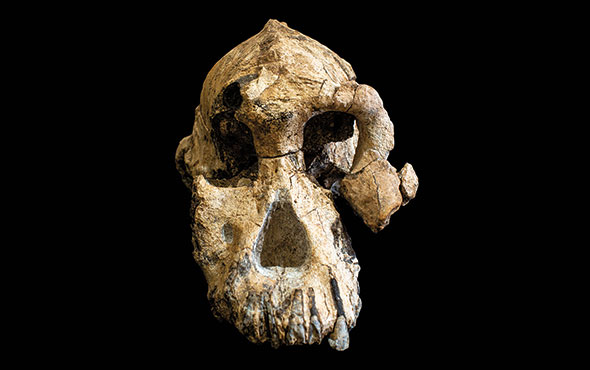
Digs & Discoveries
-
Digs & Discoveries
Proof Positive
 (Erich Lessing/Art Resource)
(Erich Lessing/Art Resource) -
Digs & Discoveries
The Wrath of the Hittites
 (Lucas Stephens)
(Lucas Stephens) -
Digs & Discoveries
Melting Season
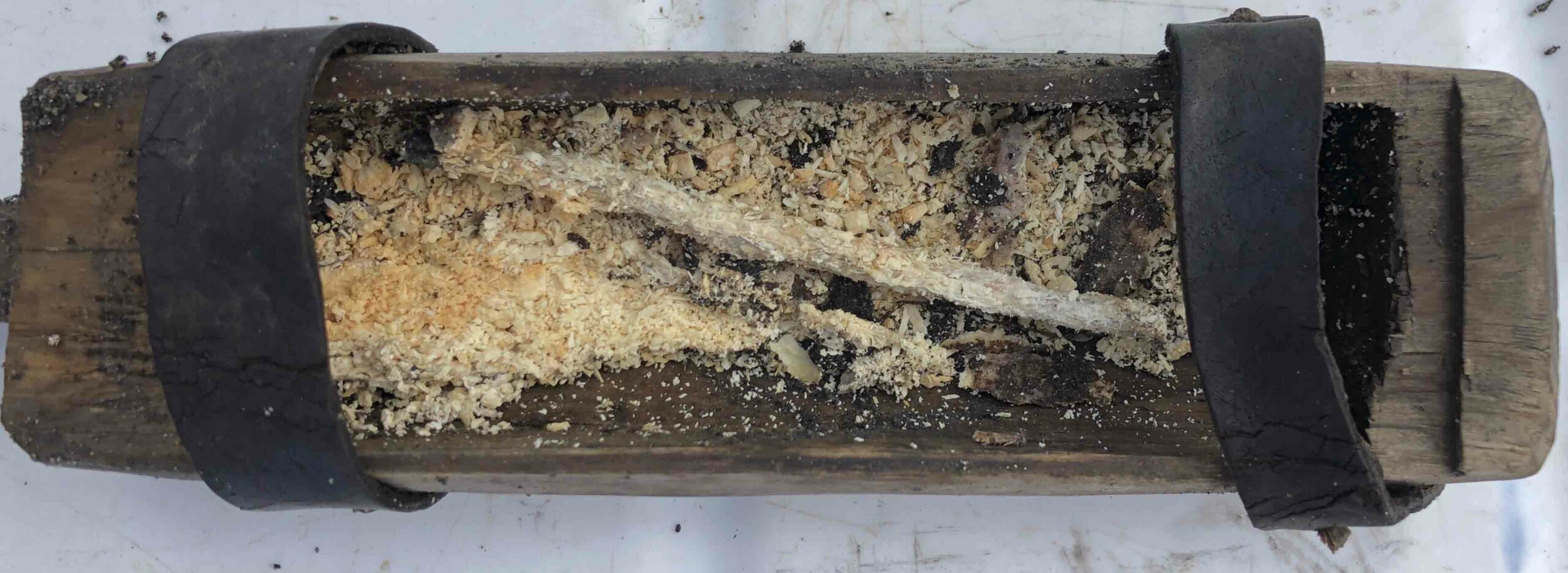 (Espen Finstad, secretsoftheice.com)
(Espen Finstad, secretsoftheice.com) -
Digs & Discoveries
Provincial Pen Pal
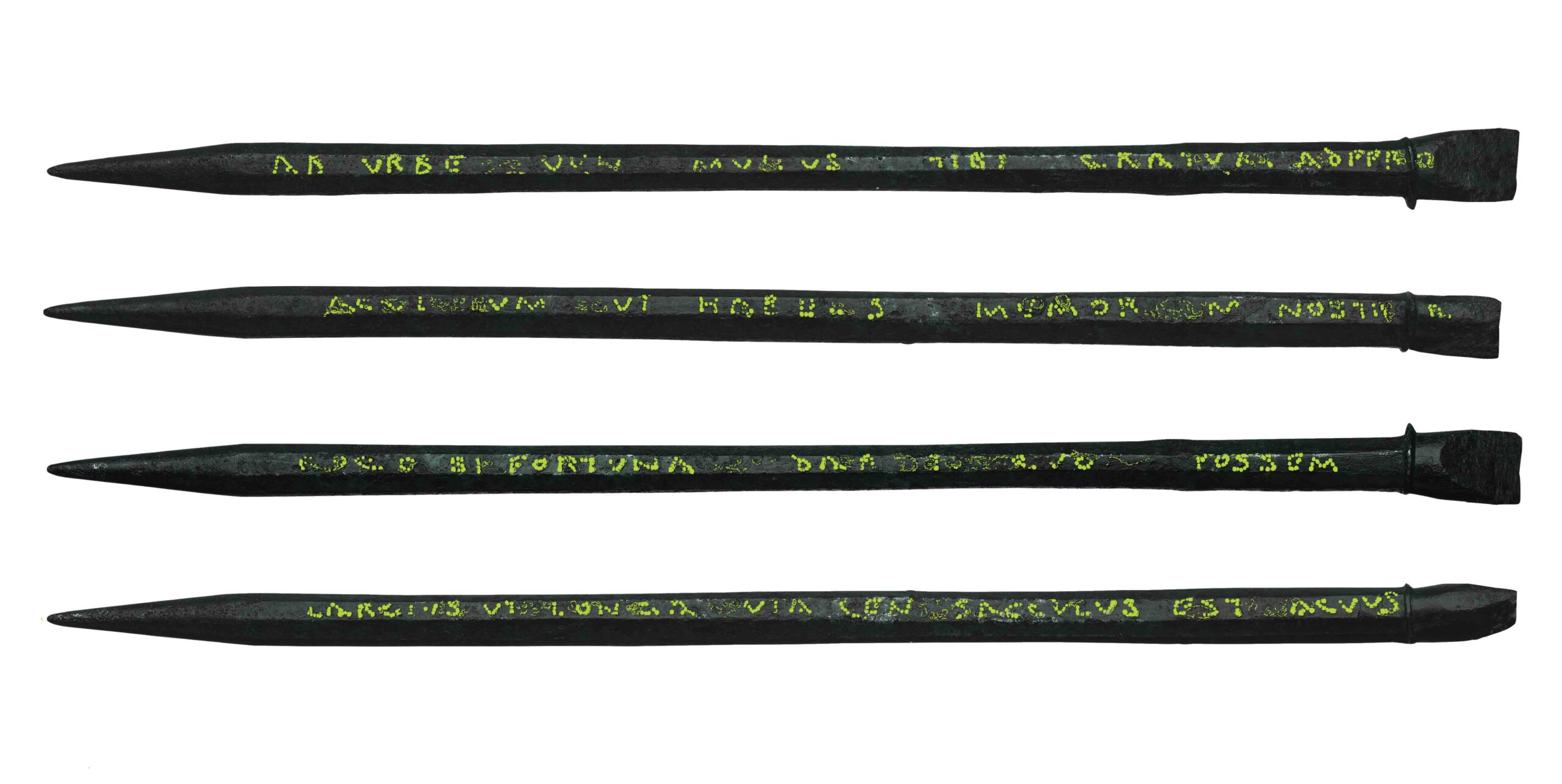 (©️ MOLA)
(©️ MOLA) -
Digs & Discoveries
Megalithic Mystery
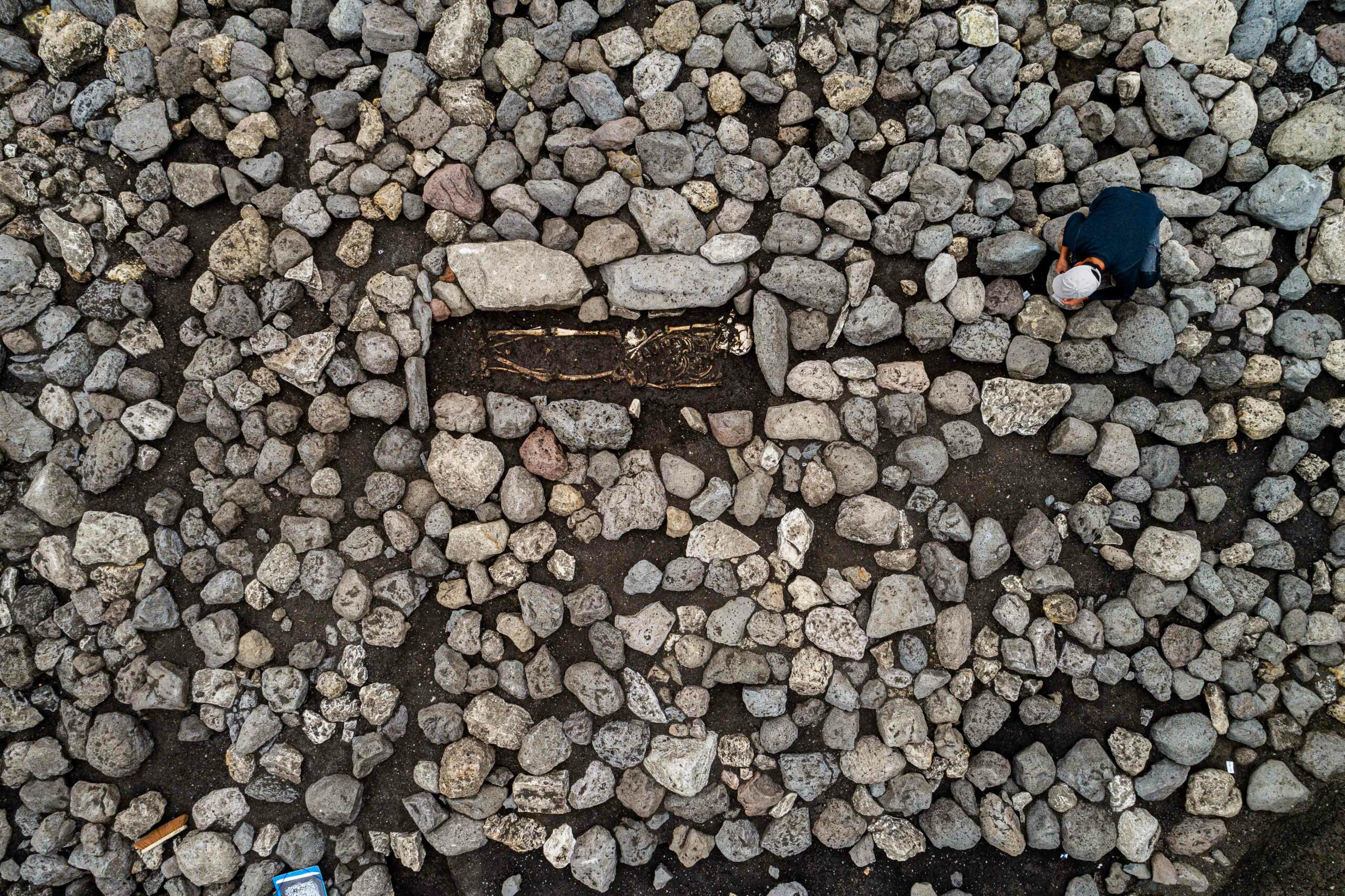 (©️ Denis Gliksman/INRAP)
(©️ Denis Gliksman/INRAP) -
Digs & Discoveries
Worlds Apart
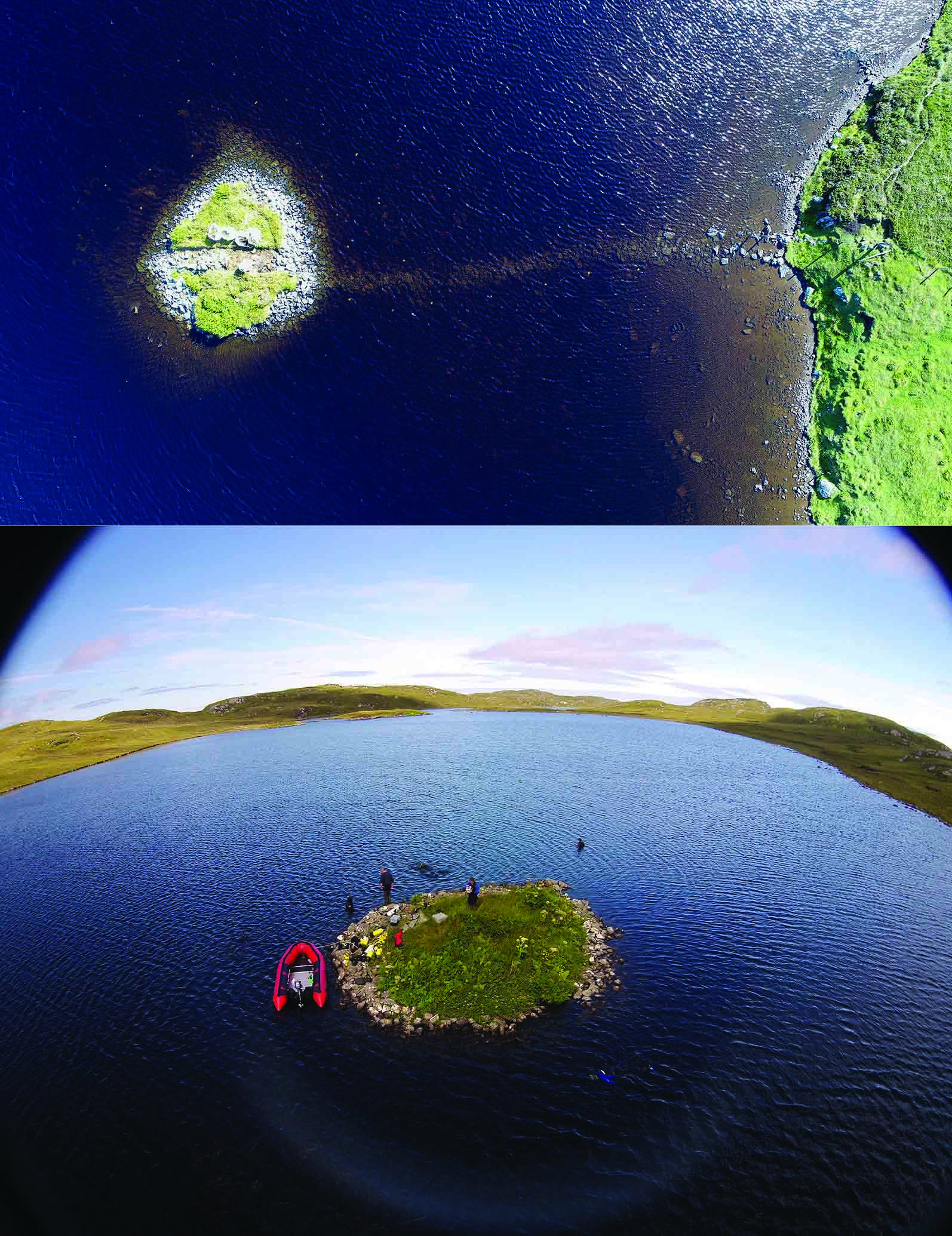 (Courtesy Fraser Sturt)
(Courtesy Fraser Sturt) -
Digs & Discoveries
The Lead Standard
 (Courtesy Fraser Sturt)
(Courtesy Fraser Sturt) -
Digs & Discoveries
Egypt's Temple Town
 (Christoph Gerigk ©️ Franck Goddio/Hilti Foundation, franckgoddio.org)
(Christoph Gerigk ©️ Franck Goddio/Hilti Foundation, franckgoddio.org) -
Digs & Discoveries
Æthelburga's Local Church
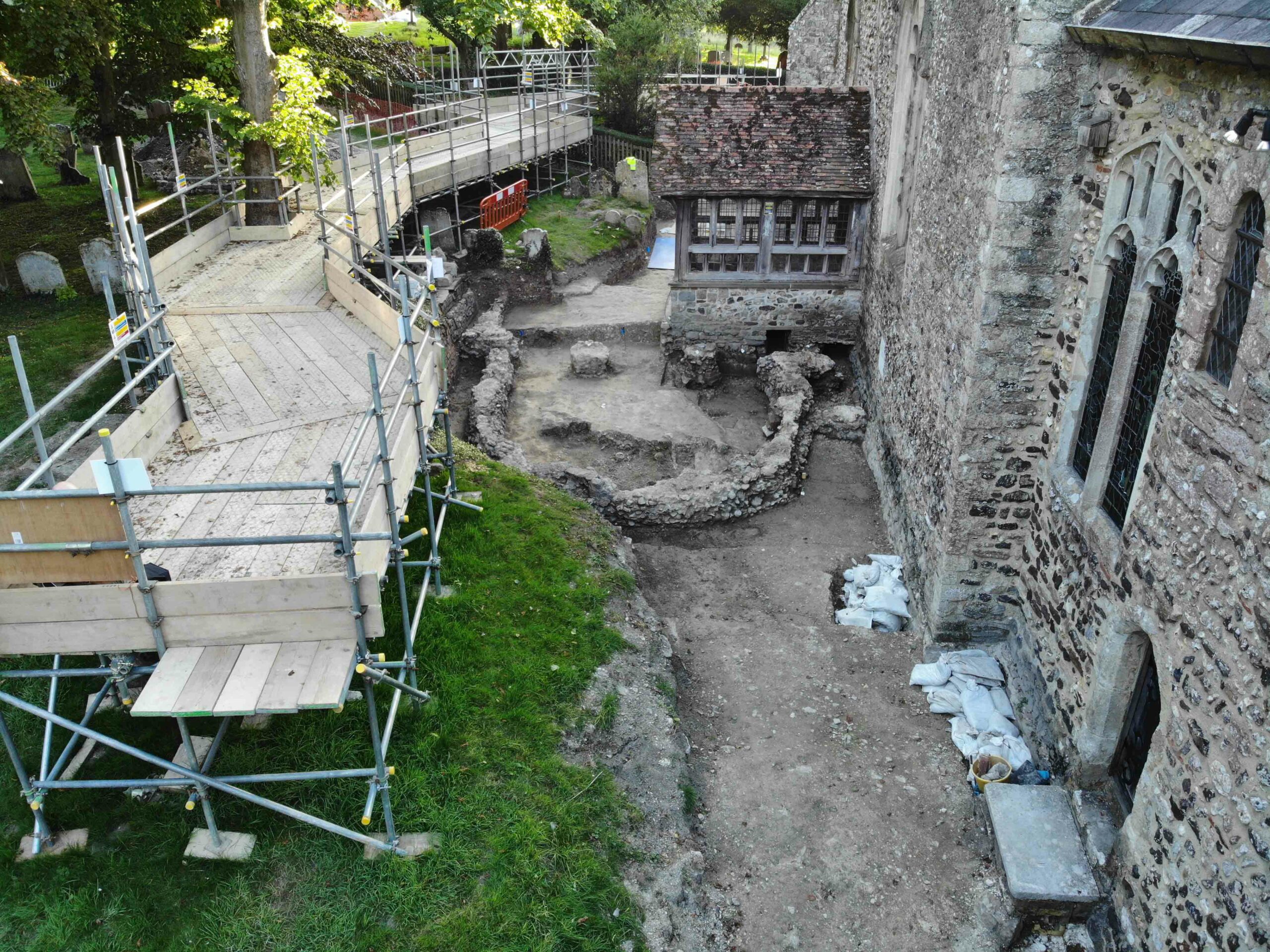 (University of Reading)
(University of Reading) -
Digs & Discoveries
Down by the River
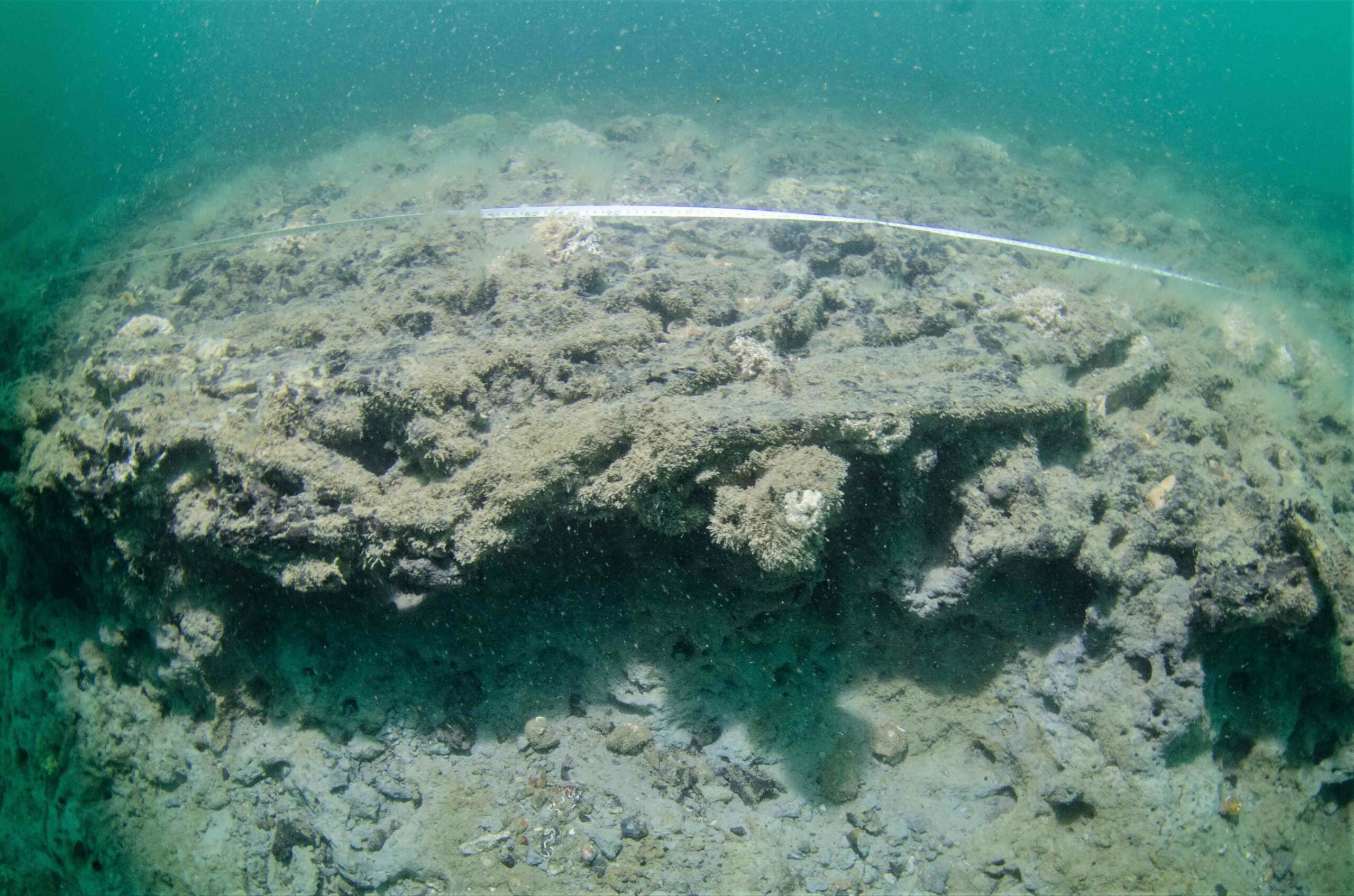 (Courtesy Maritime Archaeology Trust)
(Courtesy Maritime Archaeology Trust) -
Digs & Discoveries
Rise of the Greek Crane
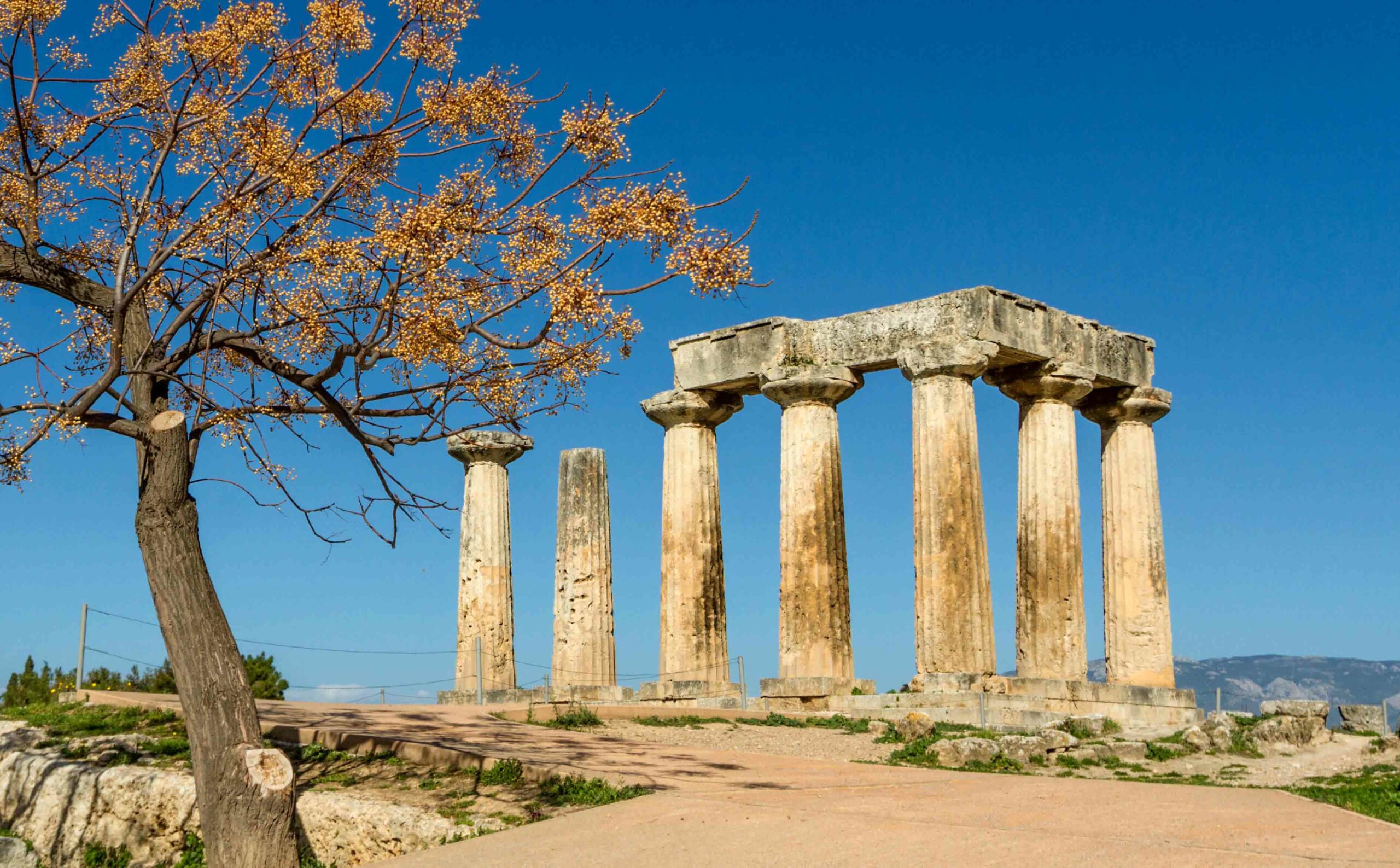 (Ioannis Mantis/Alamy Stock Photo)
(Ioannis Mantis/Alamy Stock Photo) -
Digs & Discoveries
Jetting Across the British Isles
 (Manx National Heritage and Rachel Crellin)
(Manx National Heritage and Rachel Crellin)
Off the Grid
Off the Grid November/December 2019
Rathcroghan, Ireland

Around the World

INDONESIA

INDONESIA: The first modern humans in Australia may have migrated there from Southeast Asia via the islands of Indonesia. Two new skull fragments from Alor Island, dating to between 17,000 and 12,000 years ago, hint that the Wallacean Islands may have been a stop on this migration route. One peculiar aspect of these skulls is their small size. This may be due to the “island effect.” This theory posits that when humans and other mammals live on islands lacking sufficient nutrition, they gradually become smaller.

CHINA

CHINA: Obscure engravings on animal bones from the site of Lingjing in Henan Province suggest that early hominins who lived there 125,000 years ago may have had more advanced cognitive abilities than once believed. The mysterious markings proved to have been etched into the bone, which was then rubbed with red ochre powder to make the markings more visible. Experts do not yet know why early humans made these abstract designs, nor what they represent.

IRAN

IRAN: It turns out that a fossilized tooth found decades ago in the Zagros Mountains did not belong to a modern human as previously thought, but rather to a Neanderthal child who lived between 70,000 and 40,000 years ago. A recent reexamination using modern techniques established the new dating and identification. The researchers say it is the first evidence that Neanderthals once lived in this area of present-day Iran. The species roamed across much of Europe and Western Asia before going extinct 40,000 years ago.
Slideshow: Stone Faces of Ancient Mexico
During the first half of the first millennium A.D., the metropolis of Teotihuacan flourished in what is now central Mexico. Amid the bustling city’s formal avenues and standardized apartment blocks, stone faces measuring between six and nine inches wide were likely a common sight. Hundreds of such stone faces, once thought to have been masks buried with the dead, are now held by museums across the world. Most were fashioned from limestone, serpentinite, travertine, and liswanite, a rare form of volcanic rock. Recently, Smithsonian Institution scientists Timothy Rose and Jane MacLaren Walsh analyzed more than 100 of these stone faces. They concluded the faces were made outside Teotihuacan in workshops near stone sources. They also determined that the objects were not used as masks, but were likely central elements in larger ceremonial displays made of wood or other perishable materials that have not survived. Below are four of the stone faces examined by Rose and Walsh. (All photographs courtesy Jane MacLaren Walsh.)
